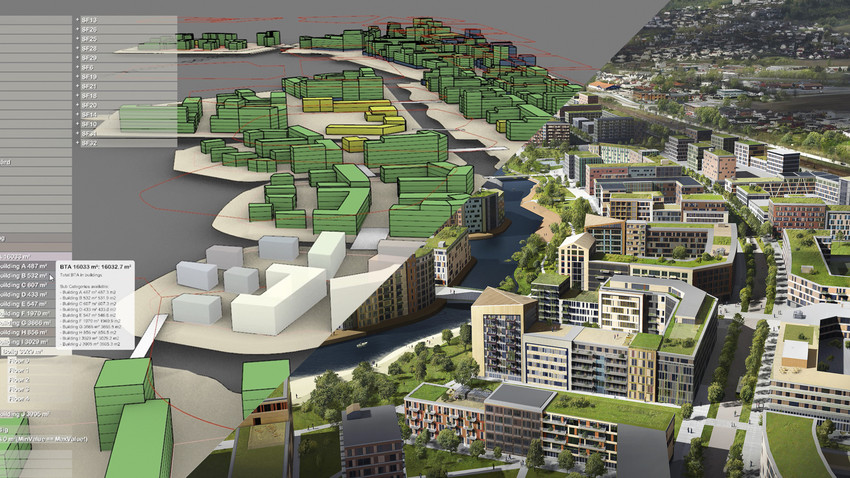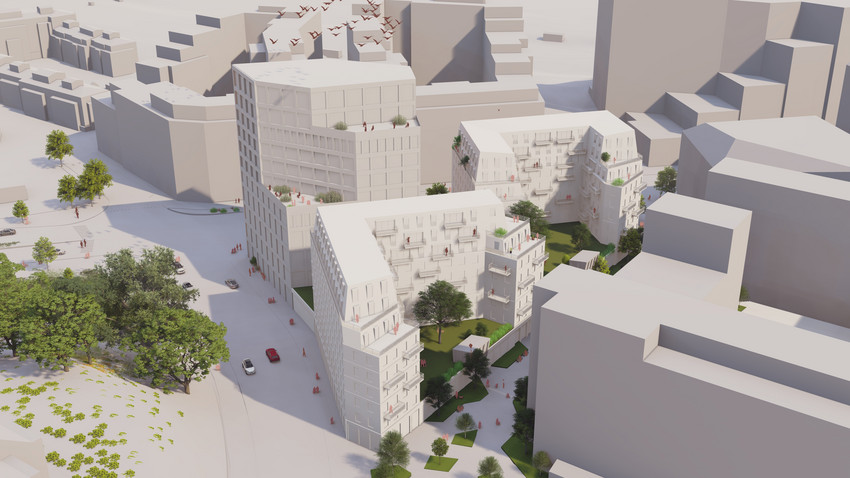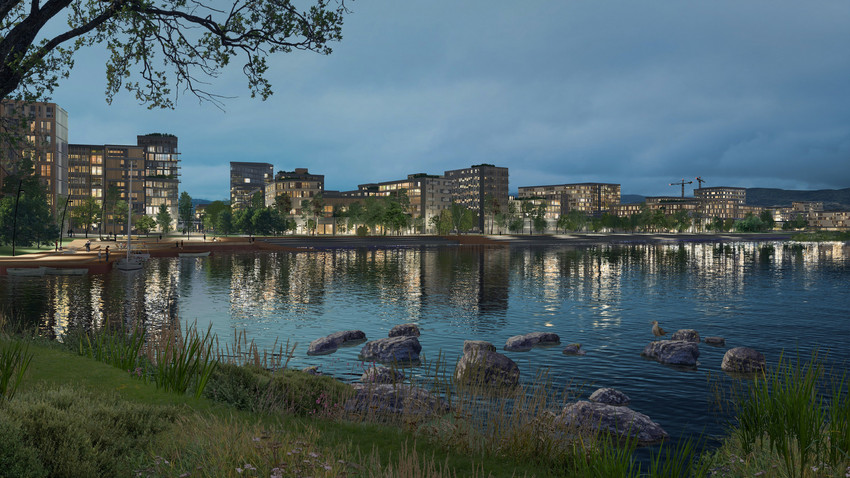Outdoor Comfort
We appreciate the value of comfortable spaces in all scales, from balconies to public plazas
Architects and clients hold a great responsibility for making the living conditions better. Every time a new building is placed, it has an impact on the surrounding environment. This is very important to be aware of in early phase while there still is time to change design. A good wind performance must be embedded into the design early to avoid unforeseen expenses due to bad wind conditions and e.g. the main entrance is unsafe or the dining garden feels cold.
We offer an integrated outdoor comfort service, because we believe that well designed outdoor spaces are essential for the usability of the outdoor spaces in our cities, a healthy lifestyle and space for better living.
Our sustainability experts perform outdoor comfort simulations worldwide with a special emphasis on the unique condition in Scandinavia. We focus on all phases of a project – from the first design proposals to the documentation of pedestrian comfort conditions in relation to the approval of a building project.
Continue reading
Outdoor areas should not only look good, but they should also perform well. At LINK Arkitektur we have developed and implemented tools to design excellent pedestrian comfort in urban spaces at an early stage, documenting good outdoor comfort.
You might be familiar with a sensation of warmth in the early spring even though the thermometer shows just 14 °C. If exposed to the sun and sheltered from the wind, then this can actually bebe felt as warm as a overcast 24 °C day with overcast 2.5m/sa breeze wind.
You would probably say this is because of the wind chill factor. While this is true, it is also only half of the truth, as there are more parameters that control the sensation of thermal comfort. Many of which depend on the materials and geometry around you.
For each project we set the strategic goals for the site based on local climate. In the cold and windy Nordic climates, we can aim for creating shelter for the wind whereas in humid and muggy areas with low mean wind speeds we can design for more ventilated areas.
Pedestrian Wind Comfort and Outdoor Thermal Comfort
Early phase analysis
Pedestrian Wind Comfort
Wind comfort, and the criterion used to evaluate this perception, is based upon numerical concepts to capture how people feel in differing wind conditions, at varying activity levels. To test and determine the level of pedestrian wind comfort in an urban area, the local wind speed is related to the weather station data. We use quick-and-dirty machine learning predictions for live results during our design workshops and we validate with industry standard cloud based solutions.
Outdoor Thermal Comfort
Introducing the Universal Thermal Comfort Index. In year 2000 a new scale of "experienced temperature" was introduced by a team of researchers, named the Universal Temperature Climate Index (UTCI). It is a metric that combines clothing, activity level, humidity, wind speed, air temperature and radiant temperature. This helps us setting a design strategy for making the area as comfortable as possible.
Documentation
Documentation (later phases)
Whether it is documentation for local authorities, DGNB certifications or other, we deliver the requested documentation. Typically, the documentation for wind comfort is typically an annual comfort map such as Lawson, NEN8100 or Davenport. Common for those three schemes is that they all map out on a city plan showing where it is comfortable to have cafés, transit and other activities etc.
Pedestrian Wind Comfort / Outdoor Thermal Comfort
Bespoke solutions
Looking for something else? We offer bespoke solutions for your project
-
Pedestrian wind safety
-
Natural ventilation (pressure measured on the facades and then simulated inside in the room)
-
Thermal buoyancy for atrium buildings
-
Wind pressure on facades for structural
-
Snow/dust accumulation
-
Pollution dispersion (does my air intake come from the nearby highway?)
-
Annual UTCI (thermally comfortable for xx % of a season or annually)



